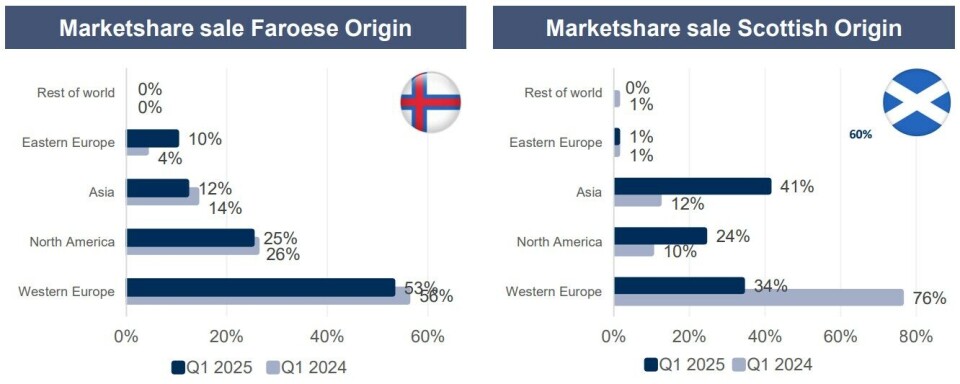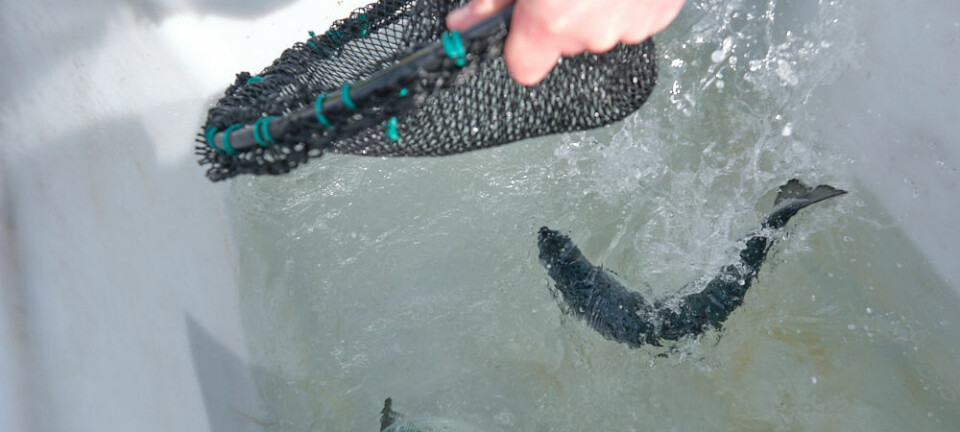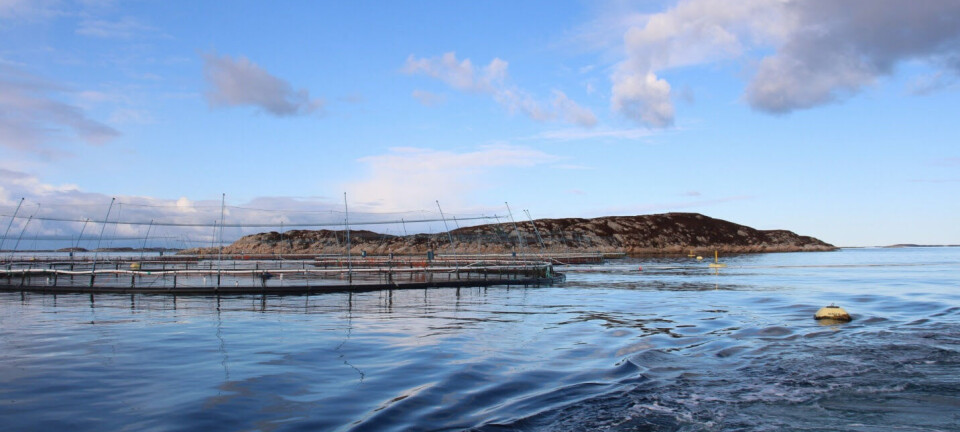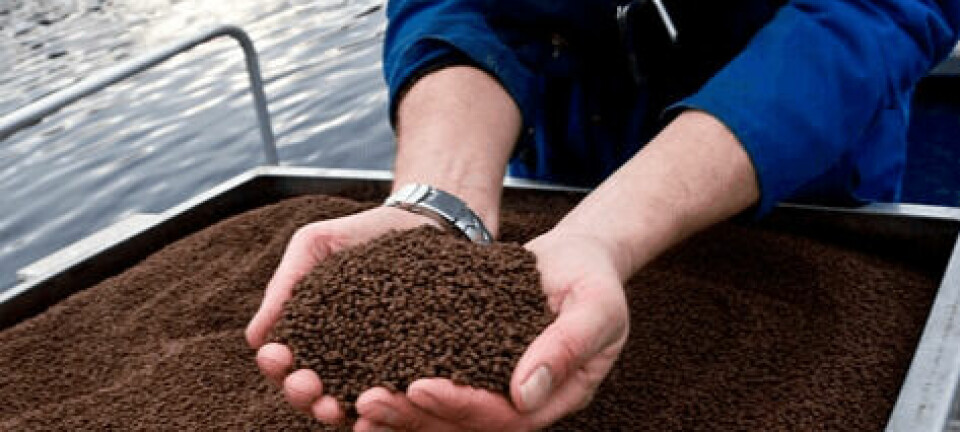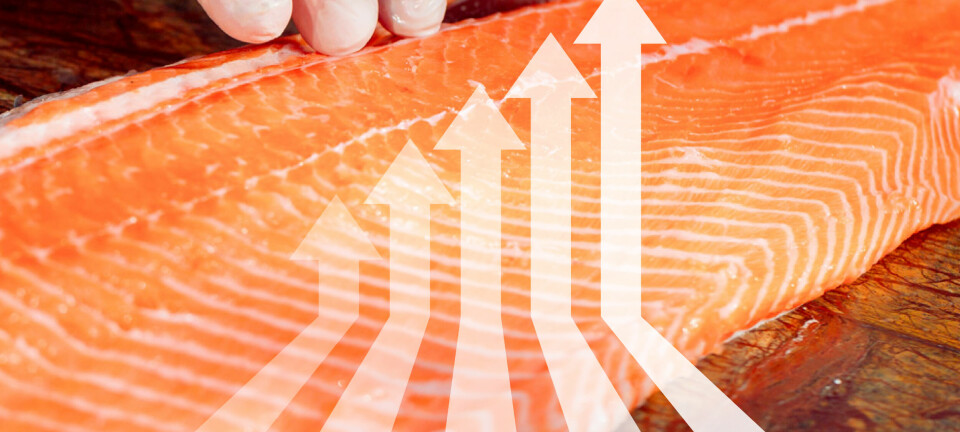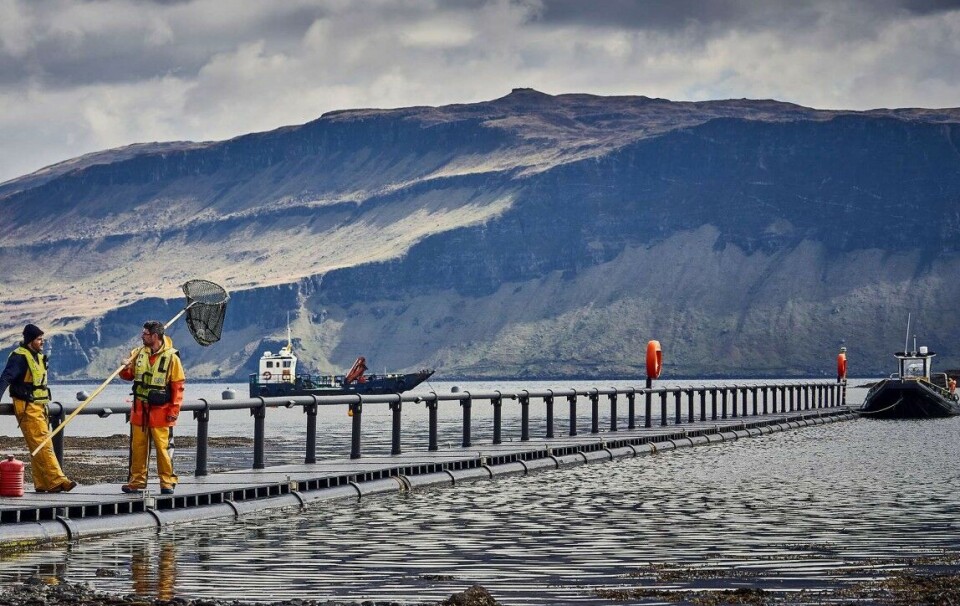
Strong fish but weaker prices for Bakkafrost in first quarter
Faroes and Scotland salmon farmer Bakkafrost reported strong biological performance in both countries in the first quarter of this year, although lower market prices led to reduced profits.
Bakkafrost made an operating profit of DKK 505 million (£57m / NOK 787m), a 29% reduction compared to EBIT of DKK 710m in Q1 2024.
Year-on-year harvest volume was higher in the Faroes, at 18,914 gutted weight tonnes (Q1 2024: 14,294 gwt) and lower in Scotland at 6,286 gwt (7,263 gwt).
Bakkafrost Group revenue was DKK 1.899 billion (DKK 2.206bn).
Smolt division in the black
The company, which accounts for its freshwater and seawater operations separately, said the freshwater division of Bakkafrost Scotland moved into the black with an operating profit of DKK 1m, a turnaround from a DKK 34m operating loss in Q1 2024.
The freshwater division in the Faroes, which is more established that the Scottish division, made an operating profit of DKK 421m (DKK 410m).
In the sea, Bakkafrost’s Faroes farming division made an operating profit of DKK 287m (DKK 472m), and in Scotland the farming segment had an operational EBIT of DKK 16m (DKK 24m).
'We are satisfied'
“Overall, we are satisfied with the results in this quarter,” said Bakkafrost Group chief executive Regin Jacobsen. “Our Faroese freshwater and marine operations delivered another quarter of strong biological performance, reflecting robust growth, effective sea lice management, and consistent harvesting of large, high-quality fish. The freshwater segment continues to excel, further improving our production efficiency with high-quality, large smolt, which positively impacts costs.
“In Scotland, our strategic focus remains firmly on the successful transition to large, high-quality smolt at Applecross. We are steadily progressing in scaling up this production, which remains central to fundamentally transforming our Scottish farming operations and enhancing long-term sustainability and profitability.”
He added: “The Applecross and Skálavík hatcheries and the Havsbrún feed factory expansion are progressing according to plan. These projects remain critical to achieving our strategic objectives.”
Bakkafrost Scotland expects to harvest 20,000 gwt this year, around two-thirds of which will be harvested in the first half to avoid biological challenges caused by warmer waters from July to October. The company is guiding for a harvest of 77,000 gwt in the Faroes.
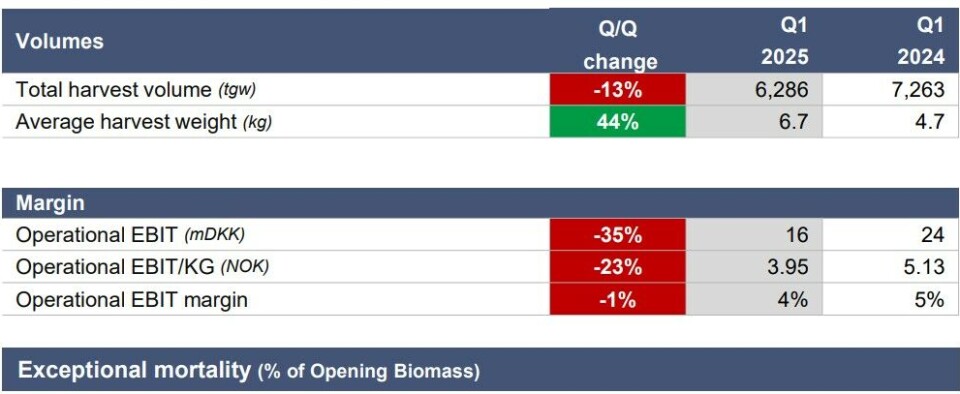
In a presentation accompanying its Q1 report, Bakkafrost said the Scottish operation had achieved all-time high average harvest weight of 6.7kg (head on gutted), along with good growth, good sea lice control.
There was also evidence that a new vaccine for pancreas disease was proving effective.
Bakkafrost Group said that facing the market as “one company” had enabled all-time high sales from Bakkafrost Scotland to the United States and Asia. The Scottish operation’s proportion of sales to North America increased from 10% in Q1 2024 to 24% in the first quarter of this year, and sales to Asia jumped from 12% to 41%. These replaced sales to Western Europe, which fell from 76% to 34%.
